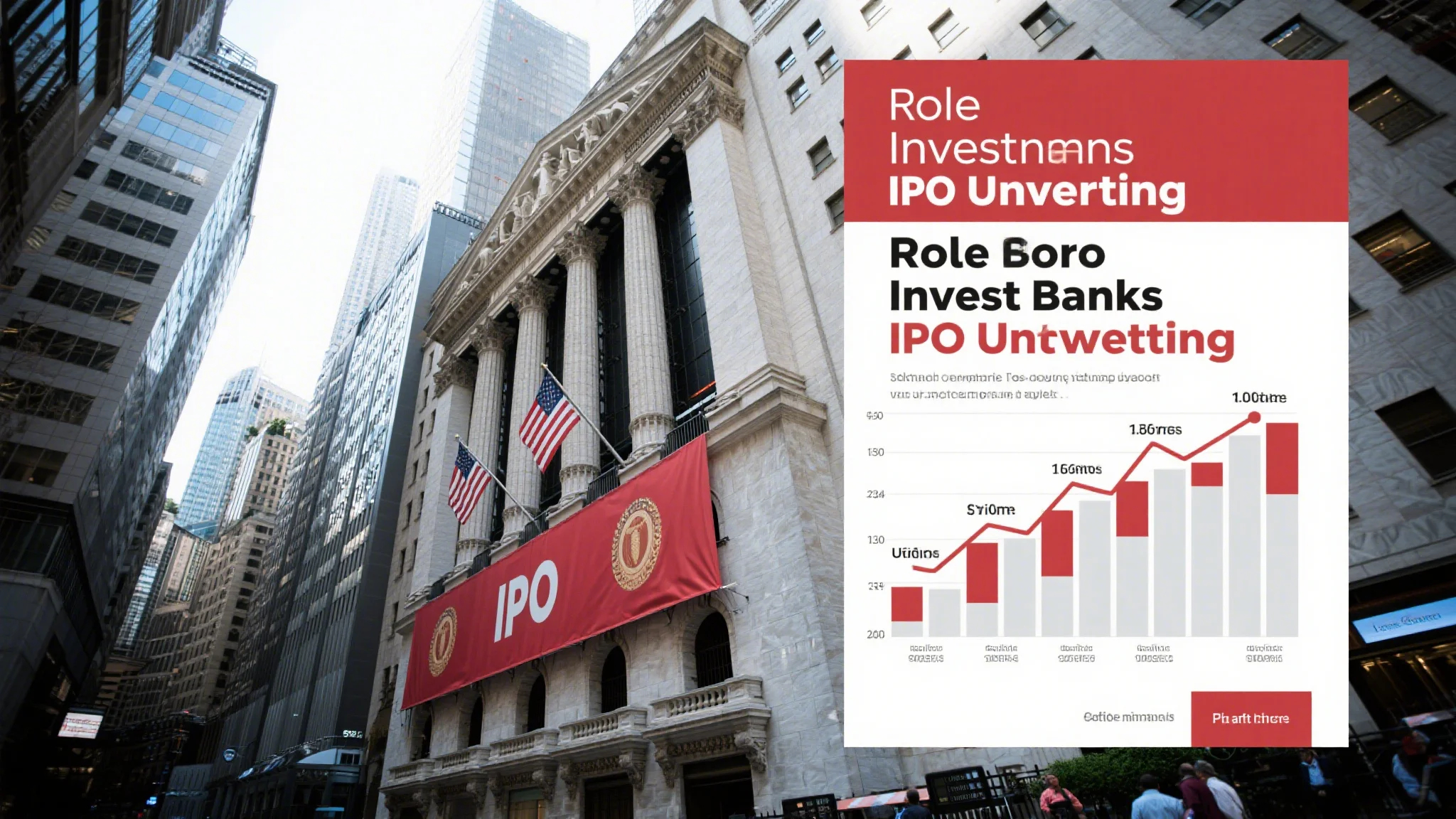The world of NFTs (Non-Fungible Tokens) has exploded in recent years, with artists, creators, and collectors embracing this innovative technology to tokenize art, music, gaming, and more. However, as the NFT ecosystem has grown, so have its challenges. One of the most significant hurdles is the fragmentation across different blockchain platforms. While platforms like Ethereum, Solana, and Polygon have各自 strengths, they operate in silos, limiting the ability for NFTs to cross between ecosystems.
Enter cross-chain NFT marketplaces—a game-changing solution that bridges these isolated ecosystems, enabling seamless trading and transferring of NFTs across multiple blockchains. By leveraging advanced blockchain interoperability technologies, cross-chain marketplaces are paving the way for a more connected and accessible NFT future.
The Need for Cross-Chain Interoperability
Each blockchain platform has its unique advantages. Ethereum, while the most established, faces scalability and high gas fee challenges. Solana, on the other hand, offers lightning-fast transaction speeds and negligible fees, making it a favorite for NFT creators and traders. Polygon, built as a Layer 2 solution for Ethereum, provides scalability and cost-effectiveness while maintaining the security of the Ethereum network.
However, the lack of interoperability between these platforms limits the NFT ecosystem’s potential. For instance, an NFT minted on Ethereum cannot be easily transferred or traded on Solana or Polygon without complex processes like bridging. This siloed approach not only frustrates users but also stifles creativity and market growth.
Cross-chain NFT marketplaces aim to solve this problem by creating a unified platform where NFTs can be bought, sold, and traded across multiple blockchains. These marketplaces act as bridges, allowing users to seamlessly interact with different ecosystems without needing to understand the technicalities of blockchain interoperability.
Benefits of Cross-Chain NFT Marketplaces
Increased Liquidity: By connecting multiple blockchain ecosystems, cross-chain marketplaces significantly increase the liquidity of NFTs. Creators can reach a broader audience, and collectors can access a wider variety of NFTs, driving up market activity and value.
Enhanced Accessibility: Cross-chain platforms lower the barriers to entry for new users. Whether someone prefers the security of Ethereum or the speed of Solana, they can access the same marketplace, making NFTs more inclusive and user-friendly.
Diverse Use Cases: Cross-chain NFT marketplaces open up new possibilities for NFT projects. For example, an NFT created on Ethereum could be used as in-game currency on a Solana-based game, or a Polygon-minted NFT could be traded on a decentralized marketplace.
Future-Proofing the Ecosystem: As blockchain technology continues to evolve, cross-chain marketplaces ensure that NFTs remain relevant and adaptable. By supporting multiple chains, these platforms future-proof NFTs, allowing them to thrive in a dynamic and ever-changing blockchain landscape.
How Cross-Chain Marketplaces Work
At their core, cross-chain NFT marketplaces rely on advanced technologies like blockchain interoperability protocols, bridges, and Layer 2 solutions. These technologies enable the seamless transfer of NFTs between different blockchains, ensuring that users can trade without losing the underlying value or utility of their assets.
For example, a user might mint an NFT on Ethereum but later decide to trade it on Solana. Using a cross-chain marketplace, they can initiate the trade, and the NFT will be bridged to Solana, where it can be sold or used in a Solana-based application. This process is often automated, making it easy for even non-technical users to participate.
The Rise of Popular Cross-Chain NFT Marketplaces
Several cross-chain NFT marketplaces have emerged as pioneers in this space, offering unique features and bridging the gaps between Ethereum, Solana, and Polygon. These platforms are setting the standard for what’s possible in the NFT ecosystem and are attracting both creators and collectors.
OpenSea: One of the most well-known NFT marketplaces, OpenSea has expanded its reach by supporting multiple blockchains, including Ethereum, Solana, and Polygon. OpenSea’s cross-chain capabilities allow users to list NFTs on one platform and reach a global audience, making it a go-to choice for many in the NFT community.
LooksRare: LooksRare is another leading cross-chain marketplace that supports Ethereum and Solana. Known for its user-friendly interface and innovative features, LooksRare has gained a reputation for fostering a vibrant and inclusive NFT ecosystem.
X Minted: X Minted is a cross-chain NFT marketplace that bridges Ethereum, Solana, and Polygon. It focuses on providing a seamless experience for both creators and buyers, with features like automated token listings and cross-chain trading.
NFTport: NFTport is a decentralized marketplace that supports multiple blockchains, including Ethereum, Solana, and Polygon. It offers a unique staking and lending feature, allowing users to earn rewards by holding NFTs.
The Future of Cross-Chain NFT Trading
As blockchain technology continues to advance, cross-chain NFT marketplaces will play an increasingly vital role in the NFT ecosystem. The ability to trade NFTs across multiple blockchains will not only enhance liquidity but also unlock new use cases and opportunities for creators and collectors.
For creators, cross-chain marketplaces provide a way to reach a global audience without being limited to a single platform. They can mint NFTs on one blockchain while still having the flexibility to sell or trade them on another. For collectors, cross-chain marketplaces offer unparalleled diversity, allowing them to build collections that span multiple ecosystems.
Moreover, the integration of Web3 technologies like decentralized identity and smart contracts will further enhance the capabilities of cross-chain NFT marketplaces. These advancements will enable more complex use cases, such as NFTs that evolve over time, respond to real-world events, or even earn passive income through staking or lending.
Cross-chain NFT marketplaces are revolutionizing the way we think about NFTs, breaking down the barriers between isolated blockchain ecosystems and creating a more connected and accessible NFT world. By bridging Ethereum, Solana, and Polygon, these platforms are unlocking new possibilities for creators, collectors, and the broader





